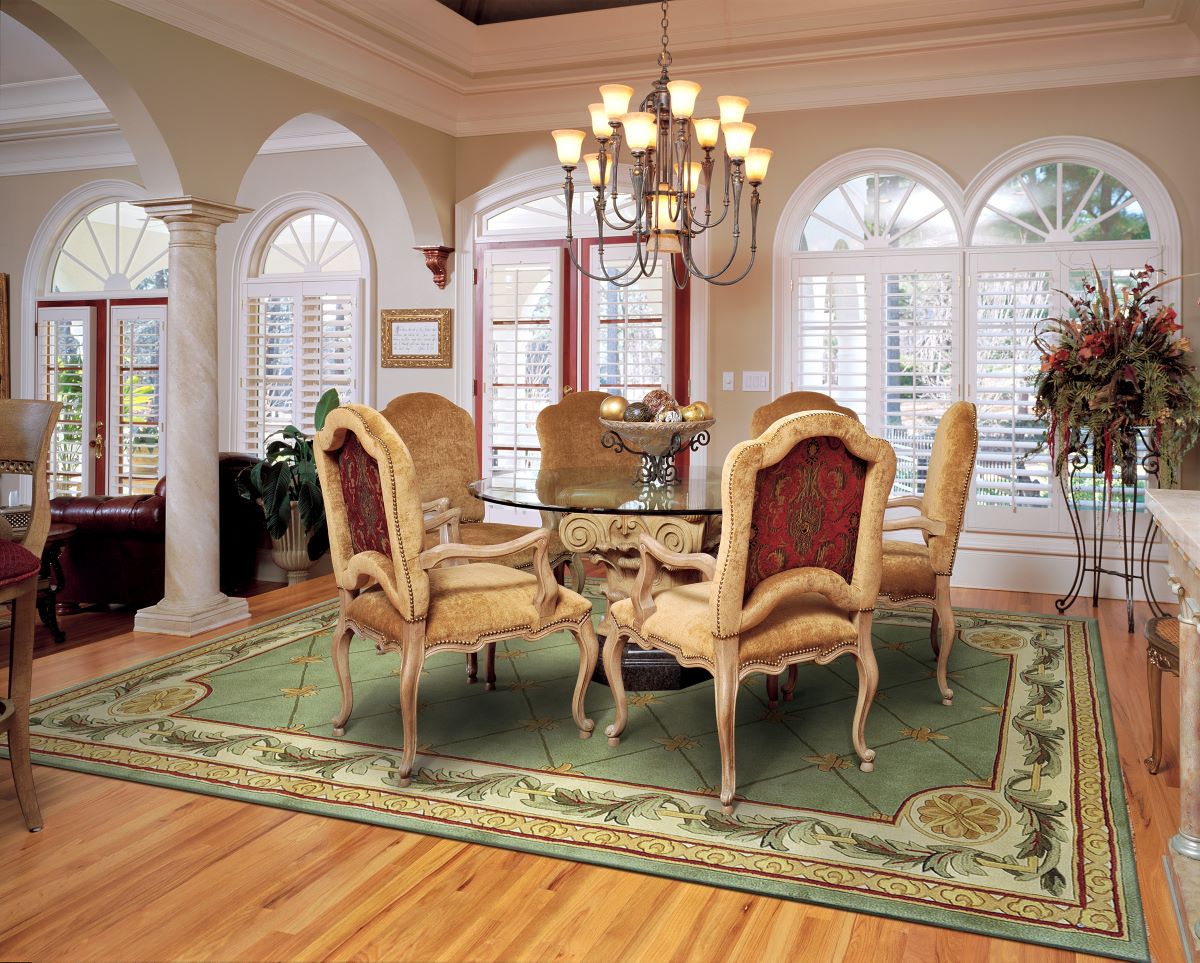

Articles
What Size Should A Dining Room Rug Be
Modified: February 23, 2024
Looking for articles on what size a dining room rug should be? Get expert advice and tips on choosing the perfect rug size to enhance your dining room decor.
(Many of the links in this article redirect to a specific reviewed product. Your purchase of these products through affiliate links helps to generate commission for Storables.com, at no extra cost. Learn more)
Introduction
Welcome to the world of interior design, where every little detail matters. When it comes to designing a dining room, choosing the right rug can make a big difference. Not only does a rug add comfort and style to the space, but it also helps define the dining area within an open floor plan.
One of the most common questions that arises when selecting a dining room rug is, “What size should it be?” You want your rug to fit perfectly in the room, complement your furniture, and create a cohesive visual appeal. In this article, we will explore the factors to consider when choosing a dining room rug, recommended sizes for different dining table shapes, how to measure your dining room for the right rug size, and styling tips to enhance the overall look and feel of your space.
Whether you have a small apartment or a spacious home, finding the ideal dining room rug can transform the atmosphere and bring your interior design vision to life. So, let’s dive in and discover everything you need to know about choosing the perfect dining room rug size!
Key Takeaways:
- Choosing the right dining room rug involves considering factors like size, shape, material, and practicality. Measuring the space accurately and styling the rug to match the room’s aesthetic are crucial for creating a visually appealing and comfortable dining area.
- Whether you have a rectangular, round, or square dining table, selecting the ideal rug size is essential for creating a cohesive and visually pleasing space. By following recommended guidelines and considering styling tips, you can transform your dining room into a central hub for memorable meals and gatherings.
Read more: What Size Rug To Get For Dining Room?
Factors to consider when choosing a dining room rug
Choosing the right dining room rug is not just about aesthetics; it also involves several practical considerations. Here are some factors to keep in mind when making your decision:
- Size: The size of your dining room rug is crucial. It should be large enough to accommodate the dining table and chairs, allowing them to sit comfortably on the rug even when pulled out. The rug should extend beyond the edges of the table, providing ample space for movement and ensuring that the chairs do not wobble or catch on the rug’s edge.
- Shape: Consider the shape of your dining table when selecting a rug. Rectangular or oval-shaped rugs work well with rectangular or oval tables, while round rugs are suitable for round tables. It’s essential to choose a rug shape that complements the shape of your dining table, creating a harmonious visual balance.
- Material: The material of the rug not only affects its durability but also its maintenance and the overall ambiance of the room. Wool rugs are popular for their softness, longevity, and natural resistance to dirt and stains. Synthetic fibers like nylon and polyester are more budget-friendly and easy to clean. Natural fiber rugs, such as jute or sisal, can add a natural and organic feel to the dining space. Consider your lifestyle and the level of foot traffic in the area when selecting the rug material.
- Style and Design: The style and design of the rug should harmonize with the overall decor of your dining room. If you have a minimalist or modern design, consider a rug with clean lines, geometric patterns, or solid colors. For a traditional or bohemian look, opt for rugs with intricate patterns or vibrant colors that add personality to the space. The rug should complement your furniture and enhance the ambiance of the room.
- Practicality: Think about the practical aspects of a rug in a dining room setting. Consider how easy it is to clean and maintain the rug, especially if you have young children or frequently host dinner parties. Additionally, if you have hardwood or tiled floors, choose a rug with a non-slip backing or use rug pads to prevent it from sliding or bunching up.
By taking these factors into account, you can ensure that your dining room rug not only looks great but also meets your practical needs. Now that we have explored the key considerations, let’s move on to the recommended rug sizes for different dining table shapes.
Recommended sizes for dining room rugs
Choosing the right size rug for your dining room is essential to create a cohesive and visually appealing space. The size of the rug will largely depend on the shape and dimensions of your dining table. Here are some general guidelines to help you determine the ideal rug size:
- Rectangular or Oval Tables: For rectangular or oval dining tables, the rug should extend at least 24 inches beyond each side of the table. This allows enough space for the dining chairs to comfortably sit on the rug, even when pulled out. This extra space also helps define the dining area within an open floor plan, creating a visually pleasing layout.
- Round Tables: When it comes to round dining tables, the rug should have a diameter that is at least 36 inches larger than the table’s diameter. This provides enough room for the dining chairs to easily slide on and off the rug without catching on the edges.
- Square Tables: If you have a square dining table, the rug should be sized to extend beyond the edges of the table by at least 24 inches on all sides. This ensures that the chairs have enough room to move in and out without obstruction.
Keep in mind that these are general guidelines, and you may need to adjust the rug size based on the specific dimensions of your dining area. It’s important to measure your space accurately to ensure a perfect fit.
Additionally, if you have an open floor plan where the dining area flows into the living or kitchen area, consider using a rug that is large enough to define the dining space. This creates a designated area for dining and helps tie the different areas together visually.
Now that you have a better understanding of the recommended rug sizes for different dining table shapes, let’s move on to the next step: measuring your dining room for the right rug size.
When choosing a dining room rug, it should be large enough for all chair legs to remain on the rug, even when pulled out. This ensures a cohesive look and prevents chairs from catching on the edge of the rug.
How to measure your dining room for the right rug size
Measuring your dining room accurately is crucial to ensure that you choose the right size rug. Here’s a step-by-step guide to help you measure your dining room for the perfect rug:
- Measure your dining table: Start by measuring the length and width of your dining table. These dimensions will serve as a reference point for determining the rug size.
- Add extra space: To determine the ideal rug size, you’ll need to add extra space around the dining table. As a general guideline, add 24 inches to each side of a rectangular or oval table, and 36 inches to the diameter of a round table. This accounts for the space needed when pulling out dining chairs.
- Consider the room dimensions: Take into account the overall dimensions of your dining room. If you have a spacious room, you may want to leave more floor space uncovered to create a sense of openness. Conversely, in smaller dining areas, a larger rug may help visually expand the space.
- Account for furniture placement: Consider how you plan to position your dining table and chairs. If your chairs remain pushed in most of the time, you may need a smaller rug size. However, if you often pull out the chairs, opt for a larger rug to ensure they still sit comfortably on the rug.
- Check clearance for doors and furniture: Before finalizing the rug size, make sure to check that it allows doors to open and close freely. Additionally, consider the clearance of any other furniture in the room to ensure that the rug doesn’t obstruct or overlap with it.
Once you have measured your dining room and considered these factors, you will have a better idea of the rug size that will work best for your space. It’s also helpful to use painter’s tape or layout paper to mark the dimensions on the floor. This allows you to visualize how the rug will fit in the room and make any necessary adjustments before purchasing.
Now that you have measured your dining room, it’s time to move on to the fun part – styling tips for choosing the perfect dining room rug!
Styling tips for choosing a dining room rug
Choosing a dining room rug isn’t just about size; it’s also an opportunity to add style, texture, and personality to your space. Here are some styling tips to help you select a dining room rug that enhances the overall aesthetic of your dining area:
- Consider the overall color scheme: Look at the existing colors in your dining room, including the walls, furniture, and decor. Choose a rug that complements or contrasts with the color scheme. You can opt for a rug that blends in and creates a cohesive look or select a bold, vibrant rug that serves as a focal point in the room.
- Pattern and texture: Determine the level of pattern and texture you want to incorporate into your dining room. If you have a busy dining table or intricate chair designs, a simpler, solid-colored rug may be preferable. On the other hand, if your dining area is more minimalistic, you can experiment with bold patterns, geometric designs, or intricate motifs to add visual interest.
- Balance with the dining table: Consider the visual balance between the rug and the dining table. If your dining table has a lot of intricate details or a bold design, a more subdued rug can help maintain balance. Conversely, a simpler and sleeker dining table can be complemented by a rug with more pattern or texture to add visual interest to the space.
- Size in relation to the room: Take into account the size of the dining room and the desired visual effect. In a smaller dining space, a light-colored rug with a larger pattern can create the illusion of a larger area. In a larger room, a larger rug can anchor the dining table and make the space feel more cozy and intimate.
- Layering and rug borders: If you have a small rug that you love but it’s not large enough to accommodate your dining table, consider layering it on a larger plain rug. This can add visual interest and create a well-defined dining area. Alternatively, you can also add a border to a plain rug to give it a custom look and make it unique to your dining space.
Remember, choosing the right dining room rug is about finding a balance between functionality and style. Consider your personal preferences, the overall design of your dining area, and how you want the space to feel. Don’t be afraid to experiment and have fun with different rug options until you find the perfect fit!
Now that you have an understanding of the styling tips for choosing a dining room rug, let’s conclude our article.
Read more: What Size Should A Rug Be In A Living Room
Conclusion
Choosing the right dining room rug is a key element in creating a visually appealing and comfortable dining space. By considering factors such as size, shape, material, style, and practicality, you can select a rug that complements your dining table and enhances the overall ambiance of the room.
Remember to measure your dining room accurately to determine the ideal rug size, ensuring that there is enough space for the dining table and chairs to sit comfortably on the rug. Additionally, styling the rug to match the color scheme, pattern, and texture of the room can add a touch of personality and visual interest to your dining area.
Whether you opt for a large, statement rug or a layered combination, the right dining room rug can transform the look and feel of the space. It can define the dining area within an open floor plan, add warmth and comfort underfoot, and tie the entire room together.
So, take the time to explore different options, consider your personal preferences, and find a dining room rug that reflects your style and fits seamlessly into your dining area. With the right rug, your dining space will become a central hub for memorable meals, gatherings, and conversations.
We hope this article has provided you with valuable insights and inspiration for choosing the perfect dining room rug. Happy decorating!
Frequently Asked Questions about What Size Should A Dining Room Rug Be
Was this page helpful?
At Storables.com, we guarantee accurate and reliable information. Our content, validated by Expert Board Contributors, is crafted following stringent Editorial Policies. We're committed to providing you with well-researched, expert-backed insights for all your informational needs.
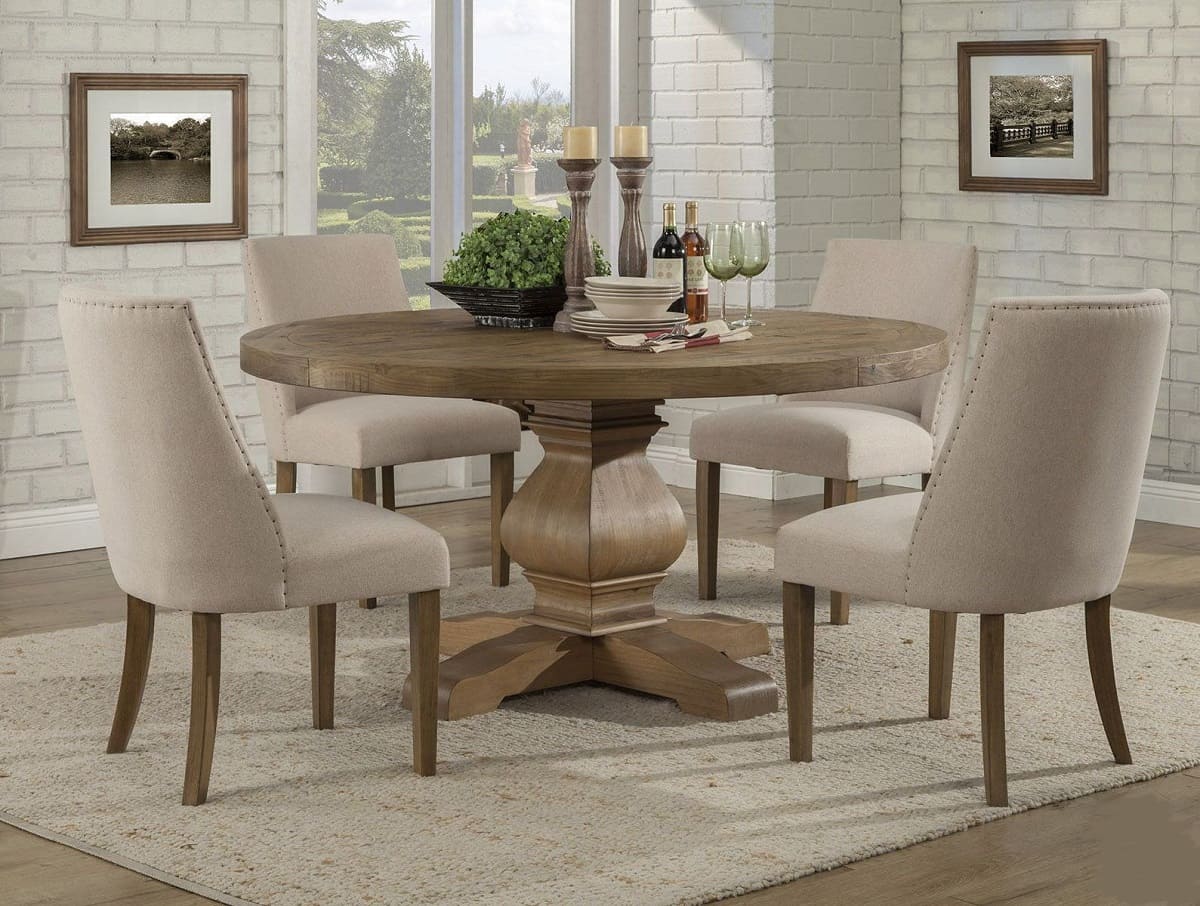
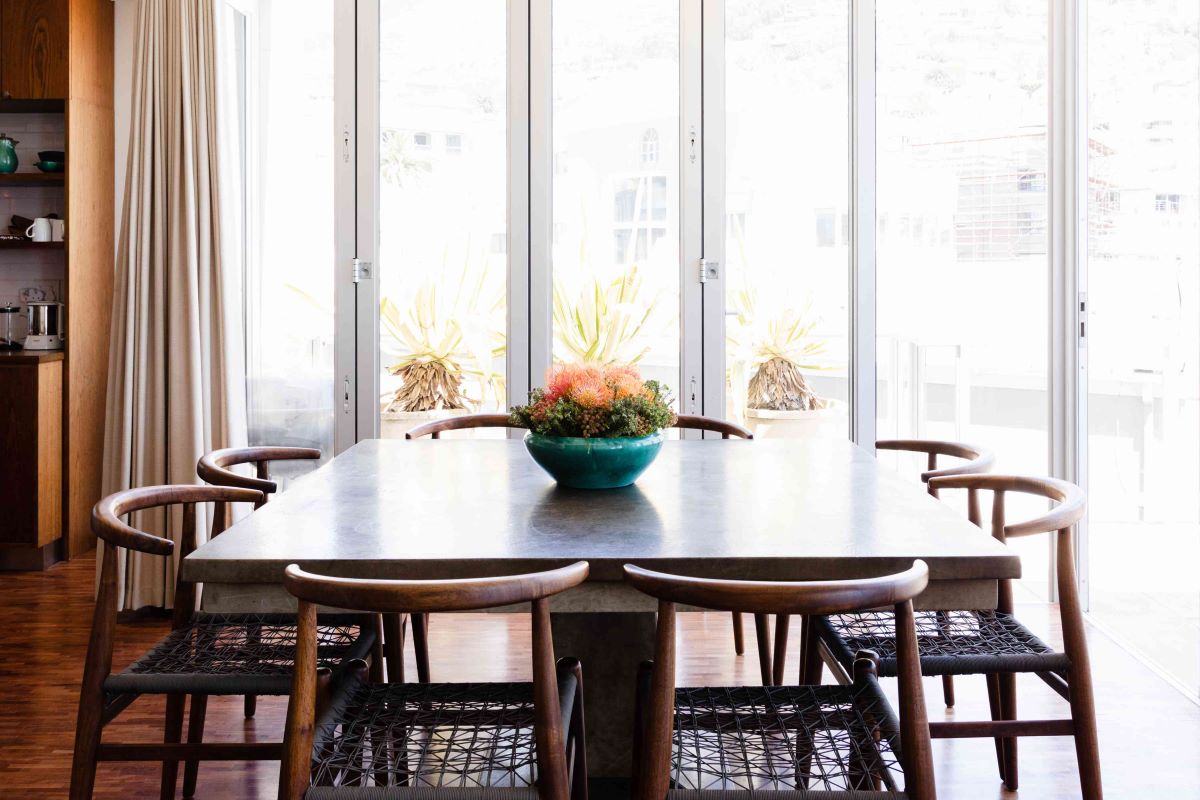
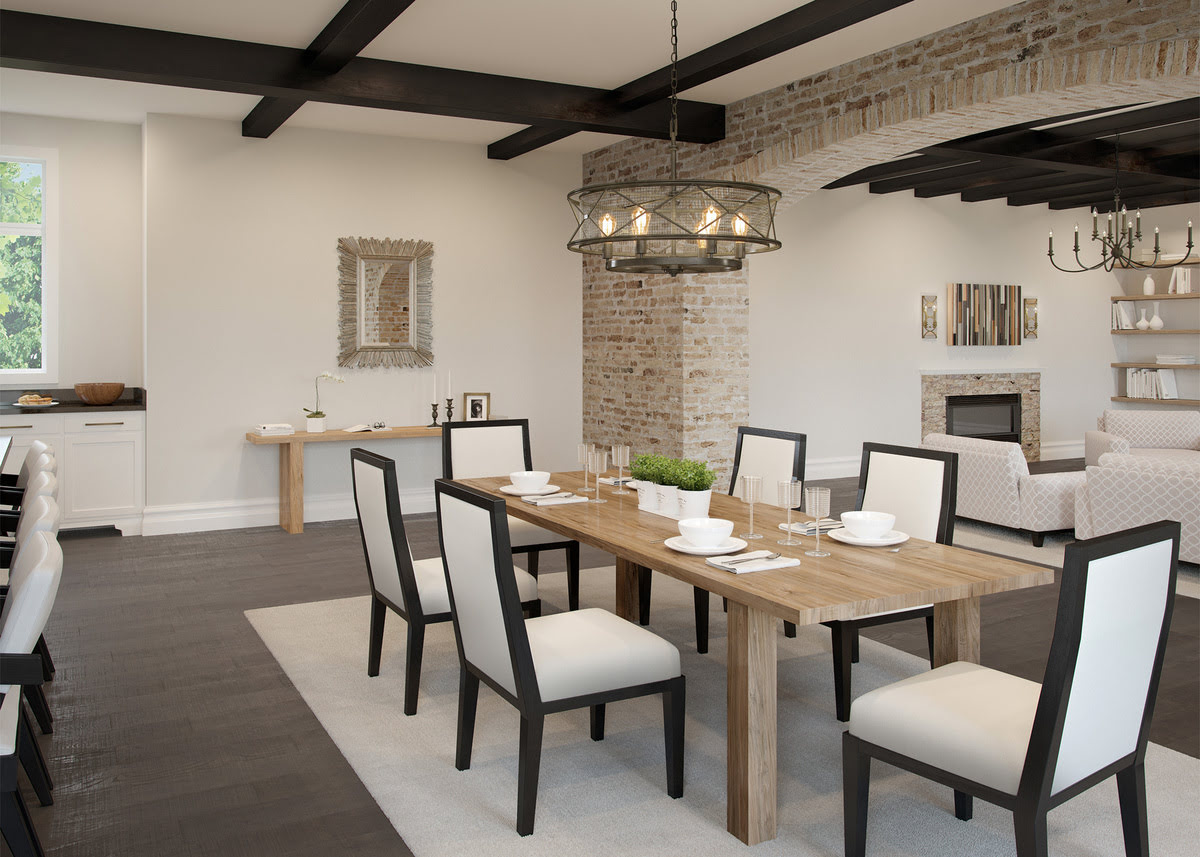
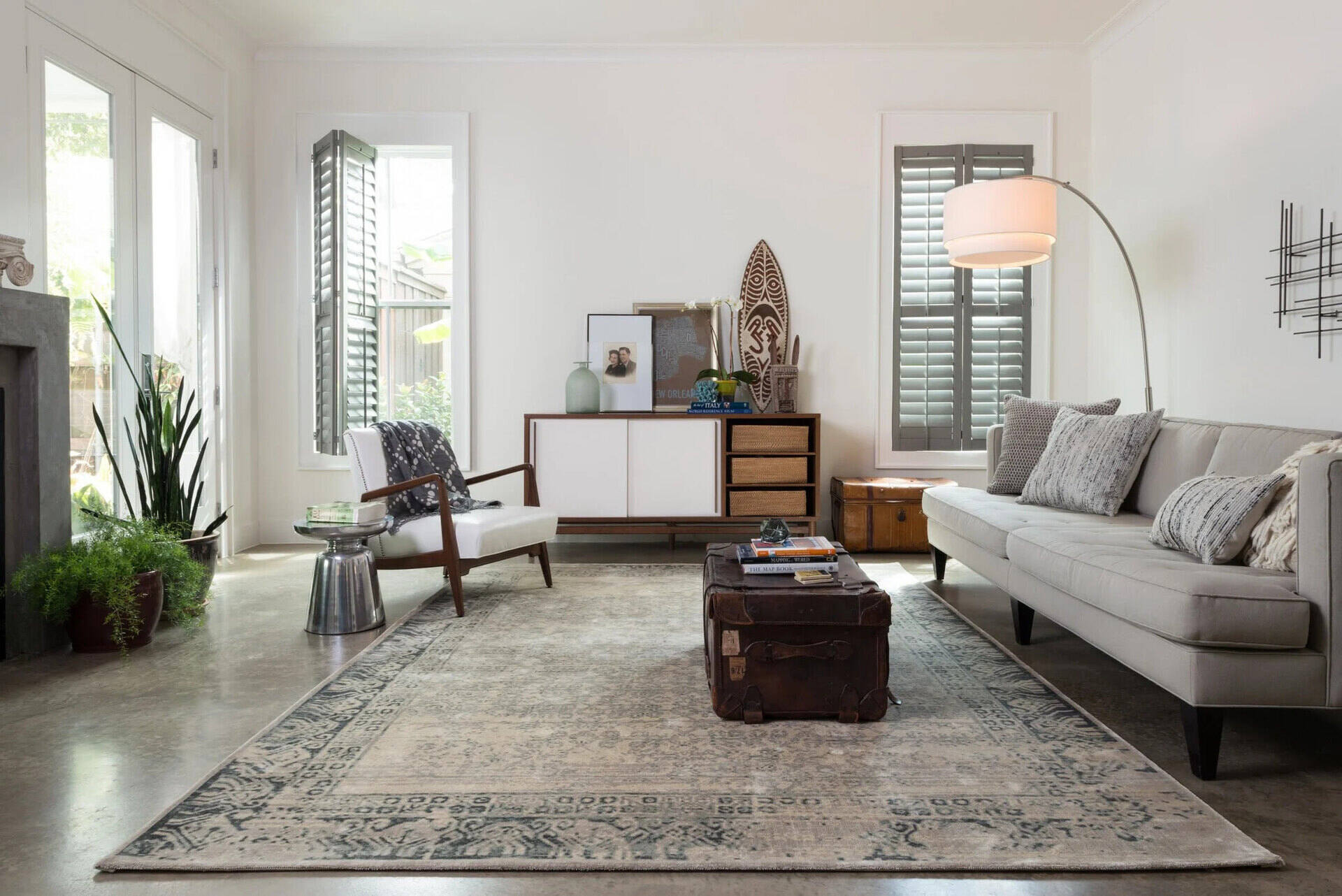
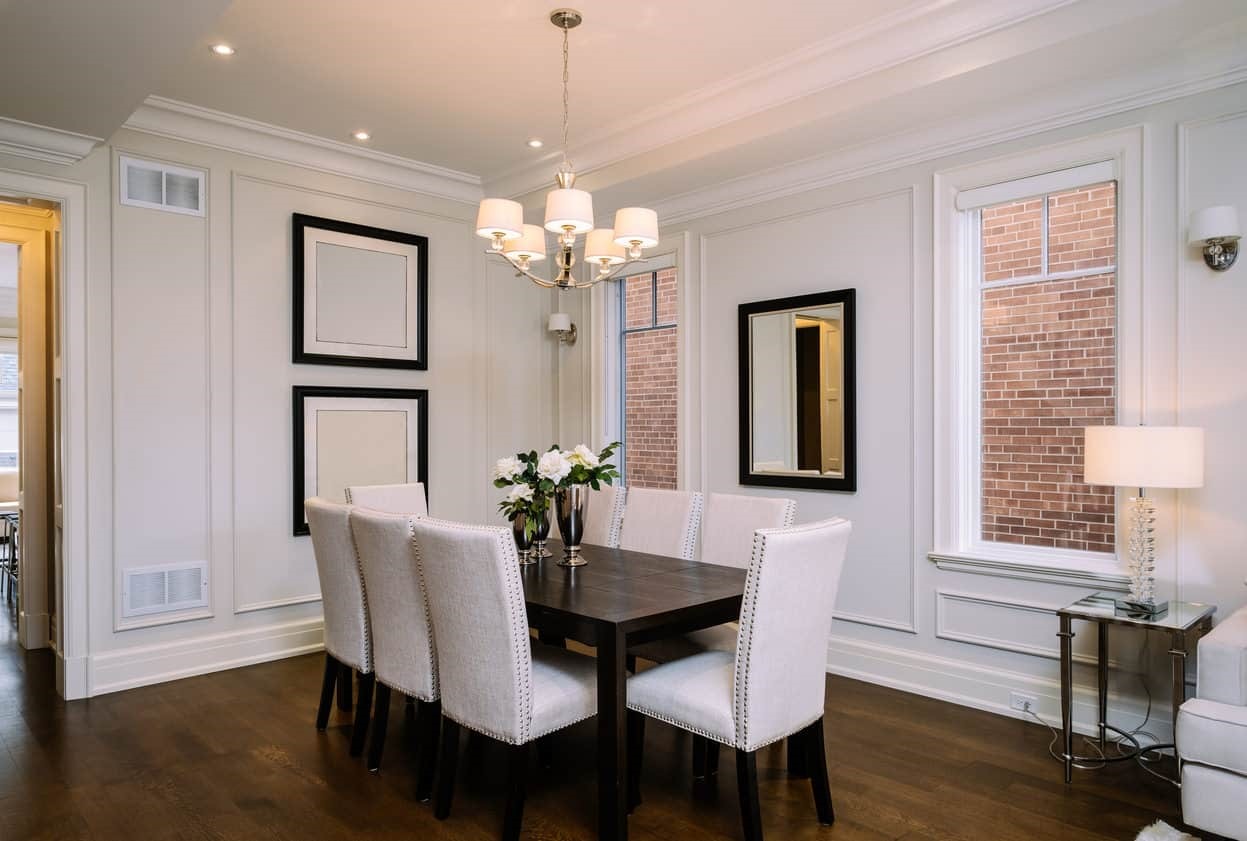
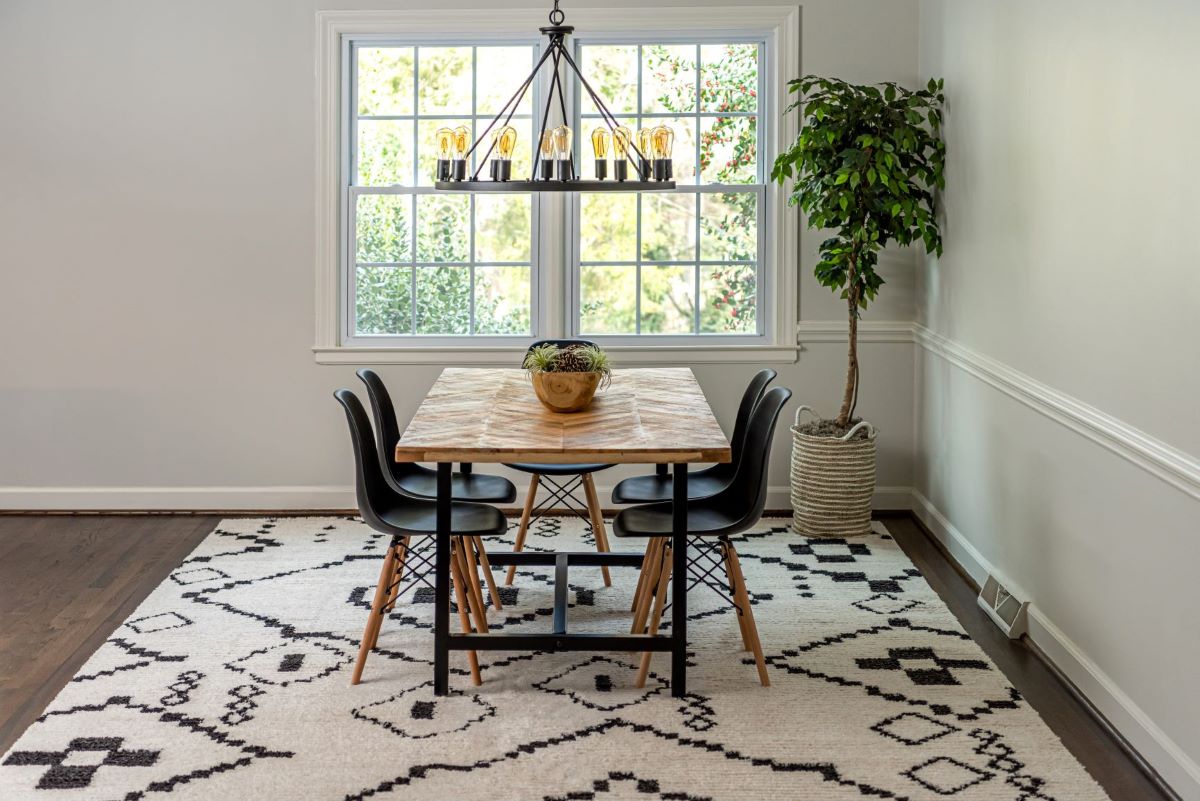
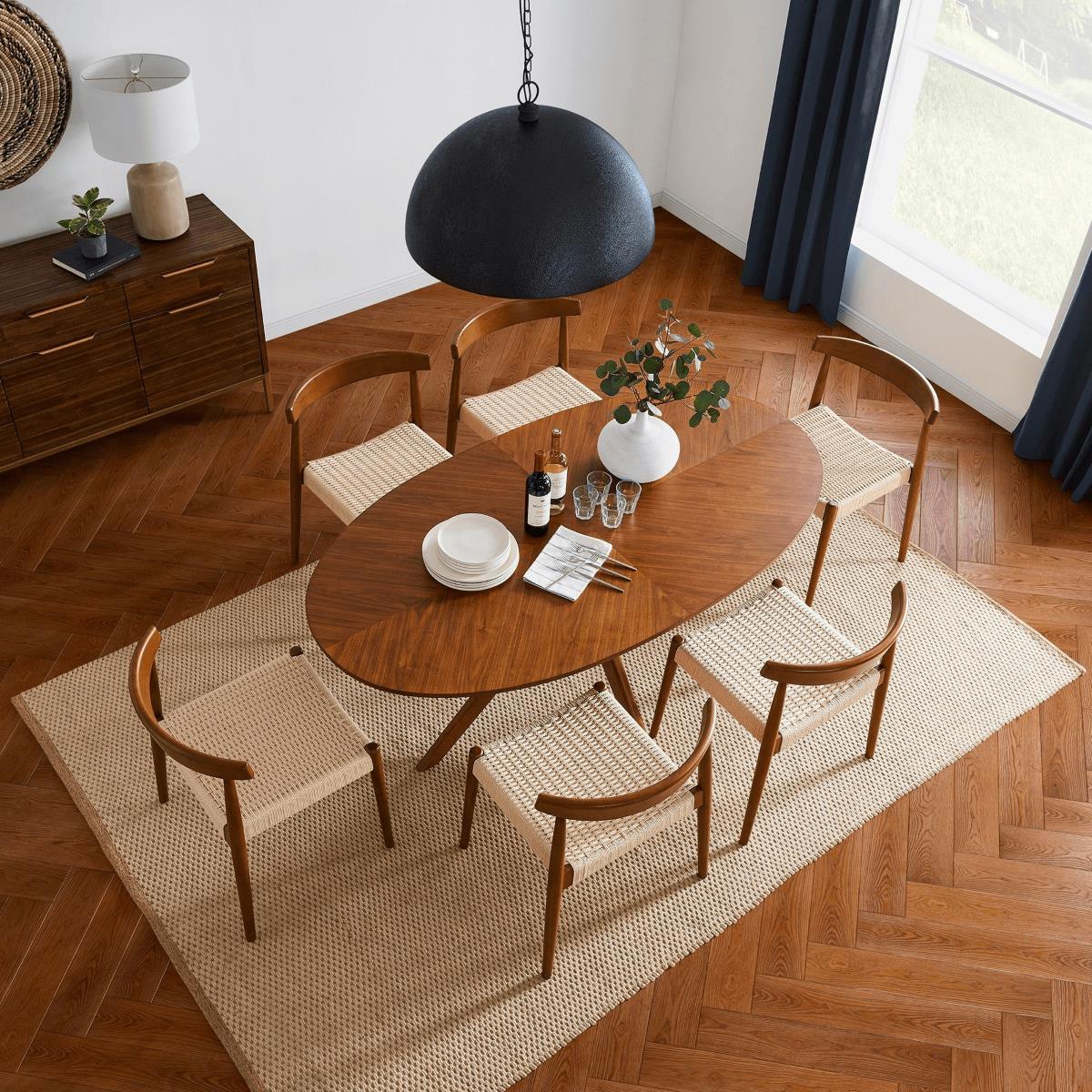
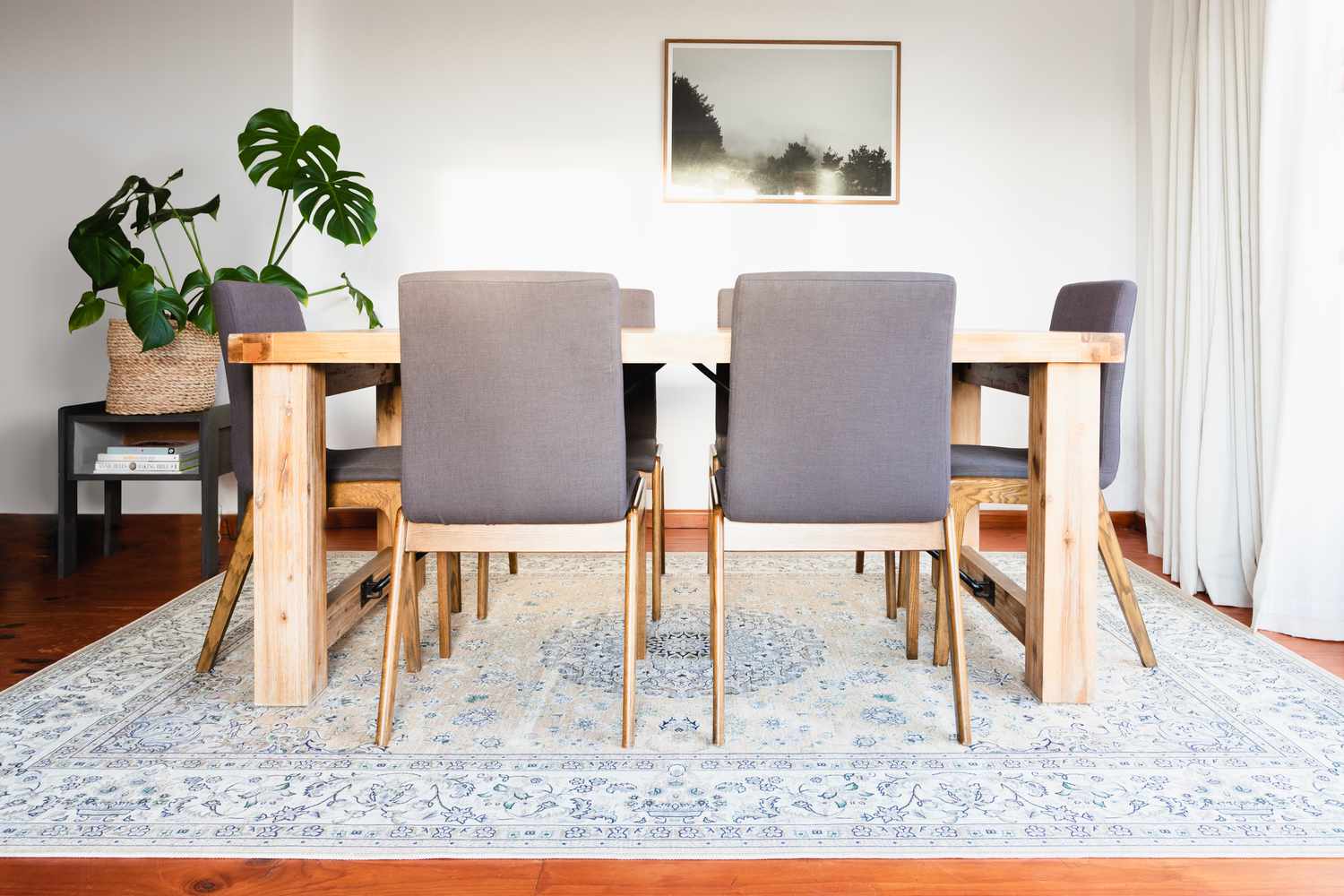
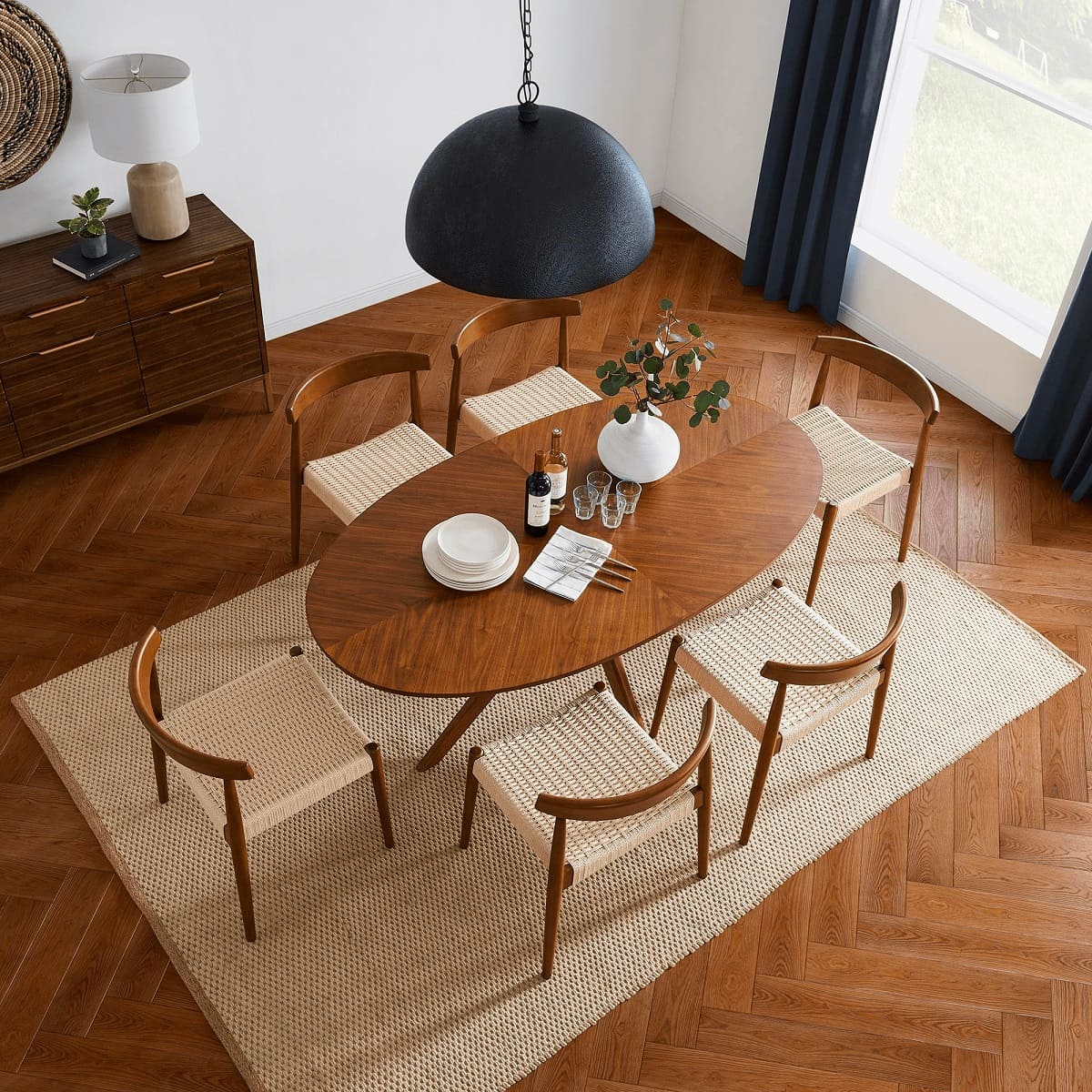
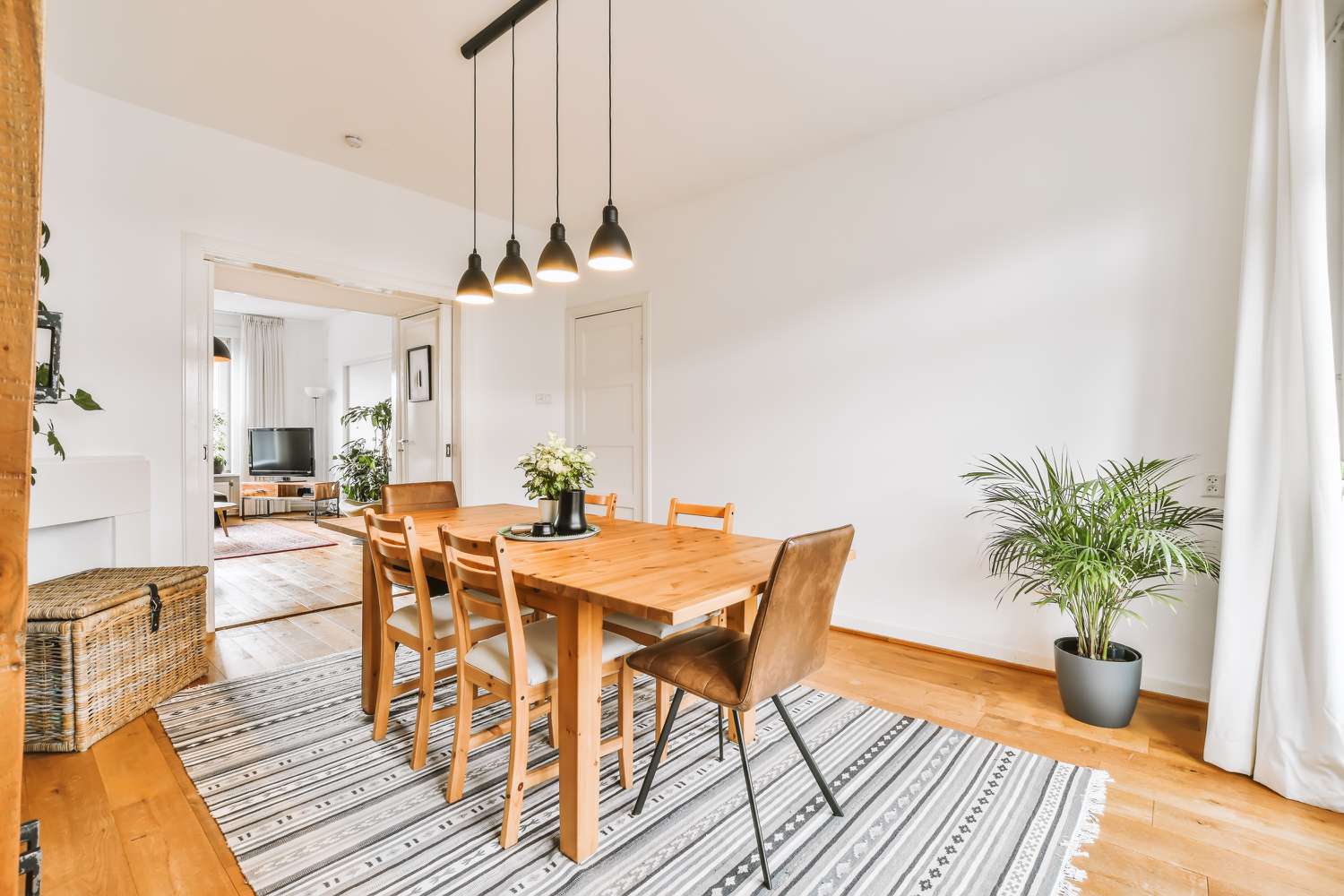
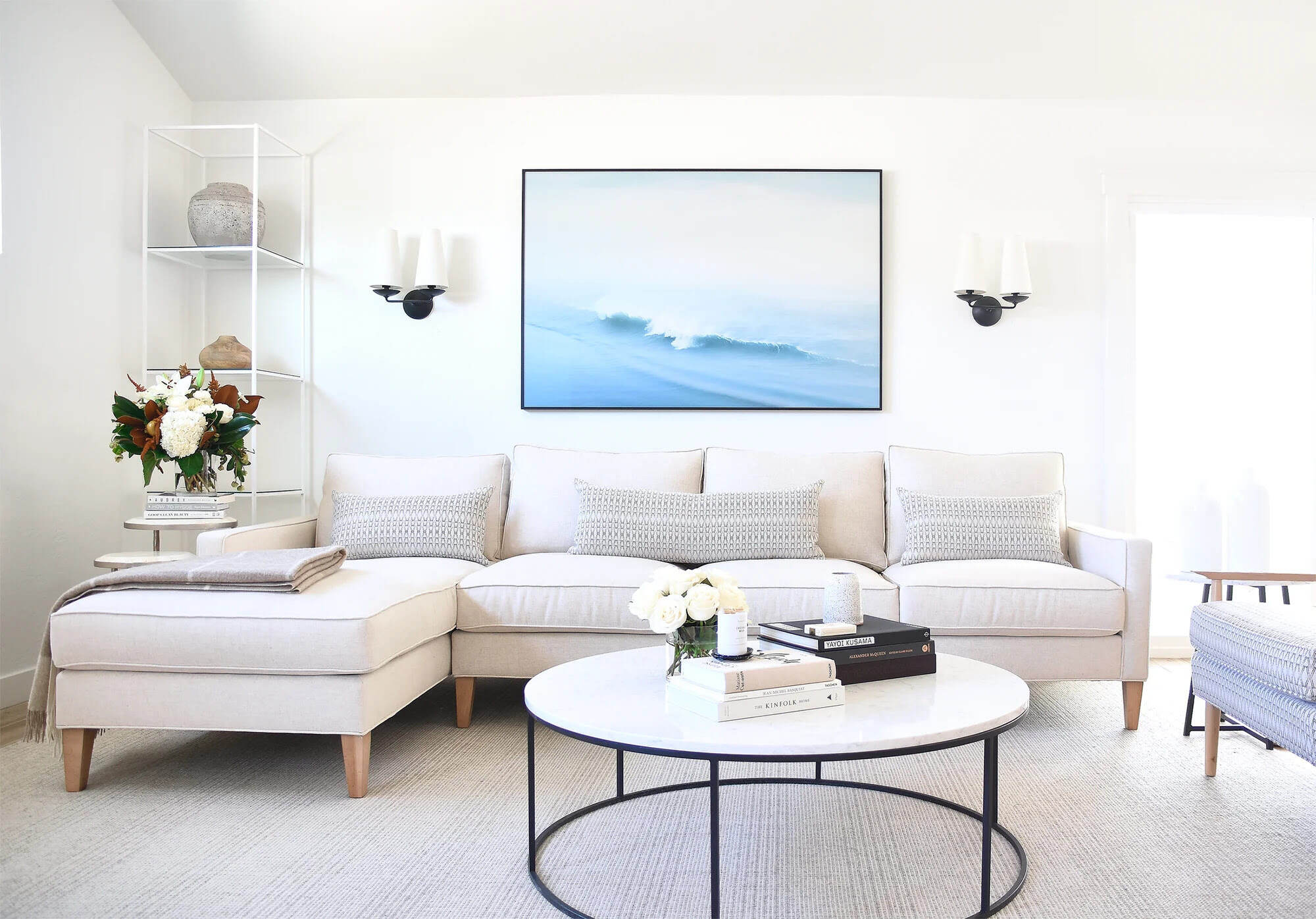
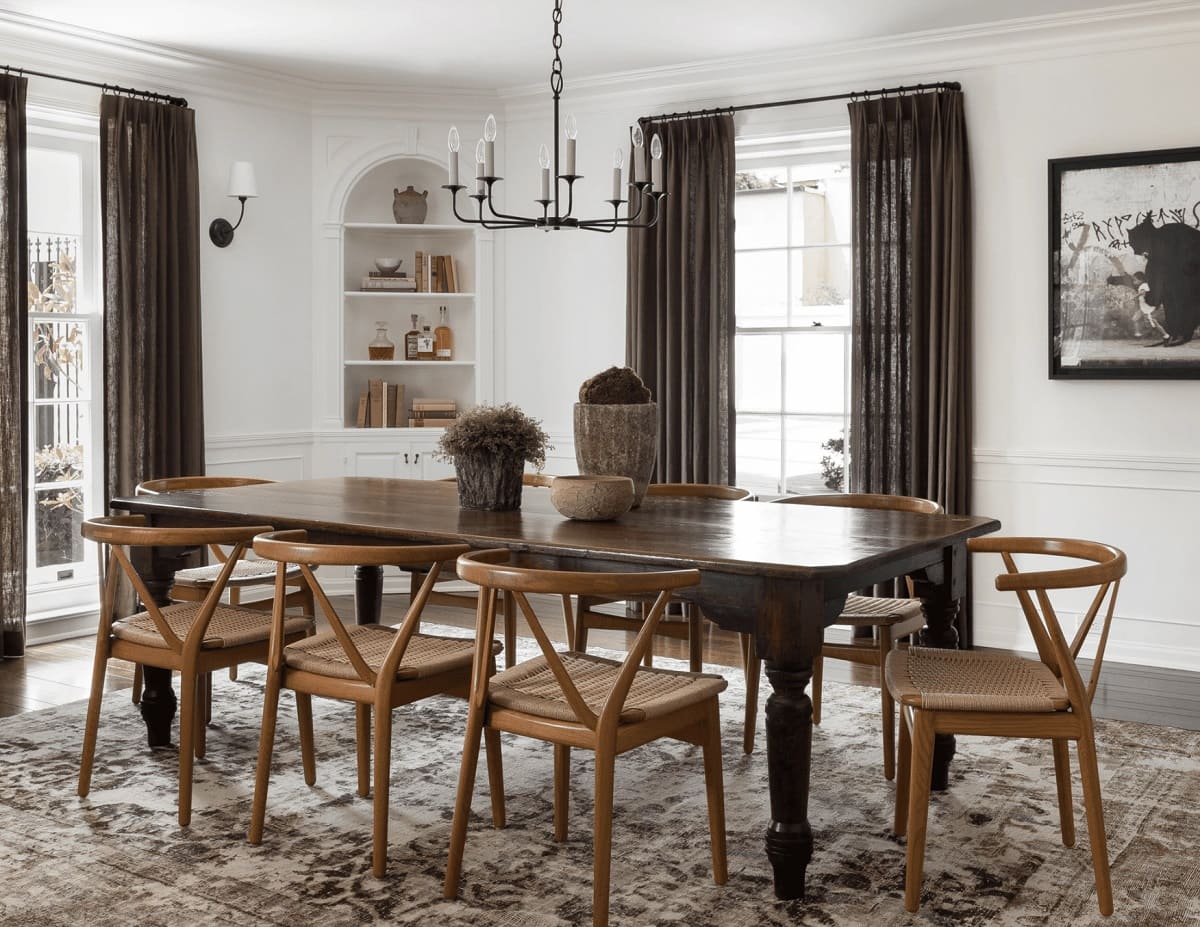
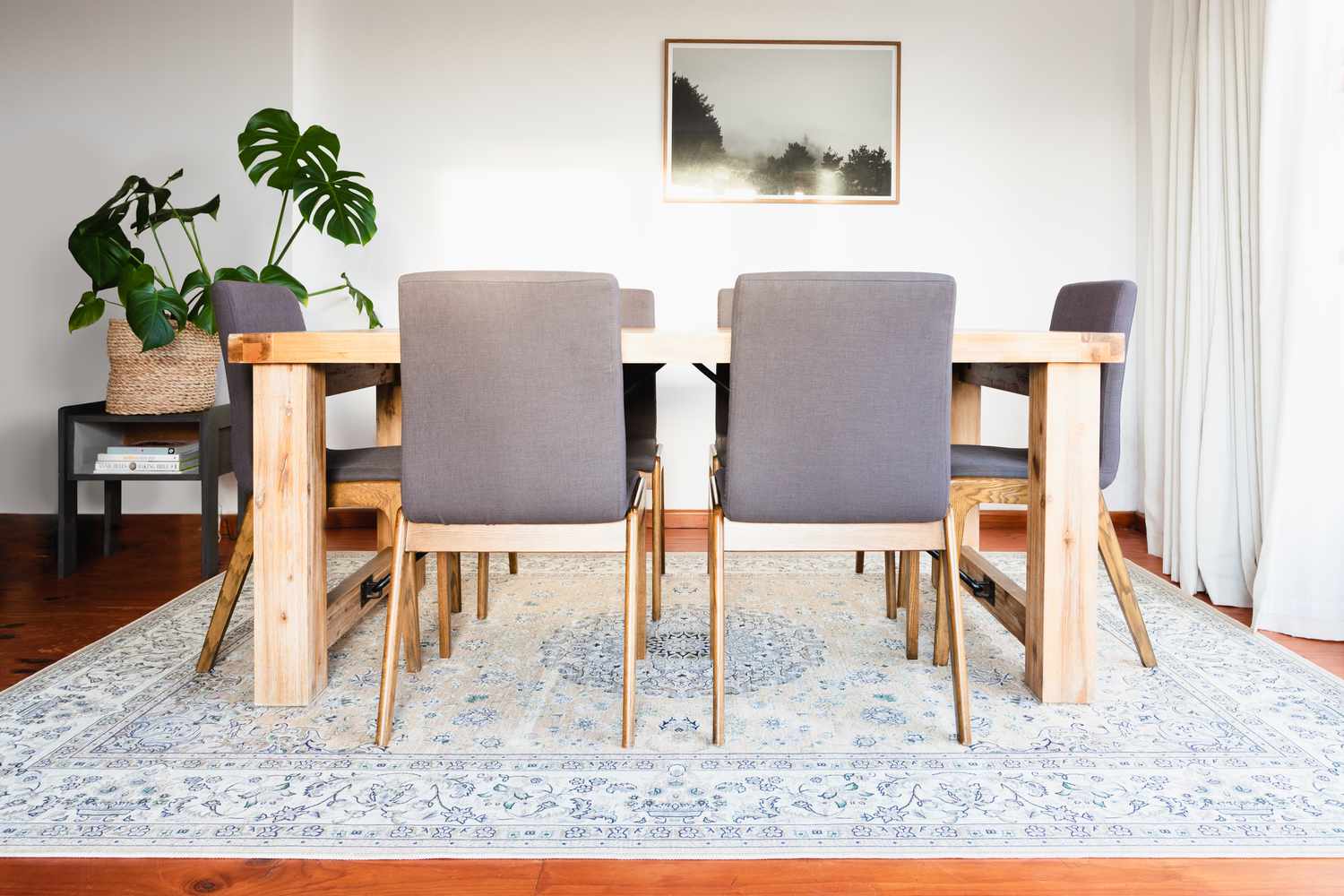
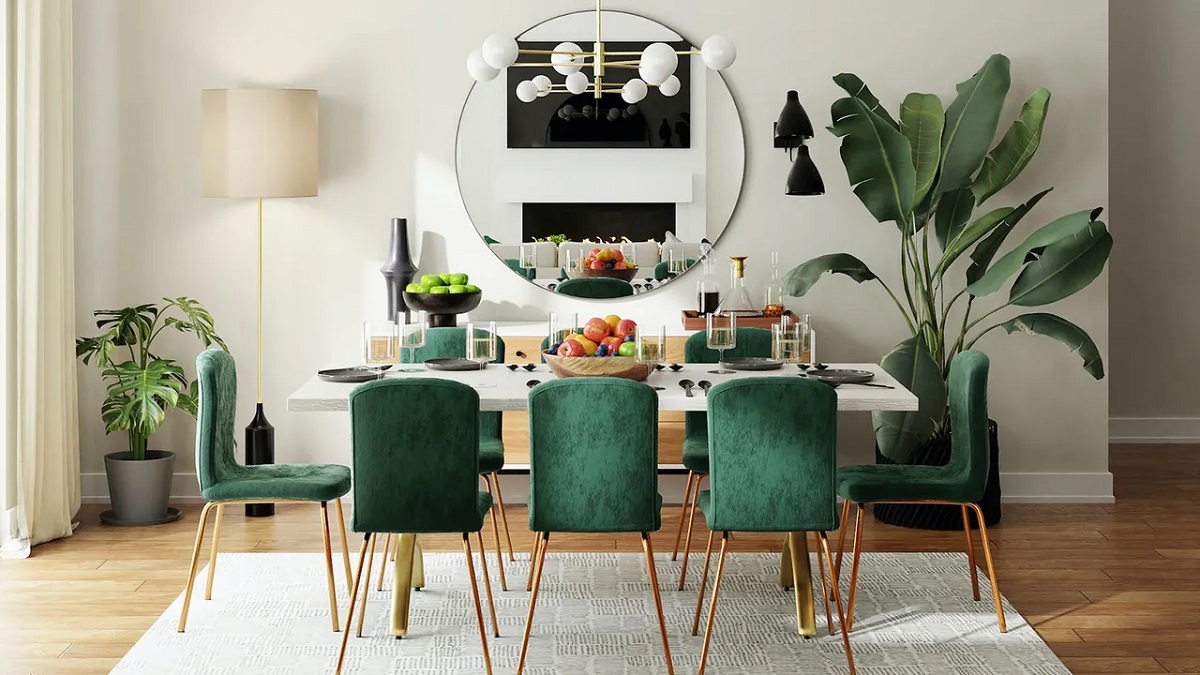

0 thoughts on “What Size Should A Dining Room Rug Be”